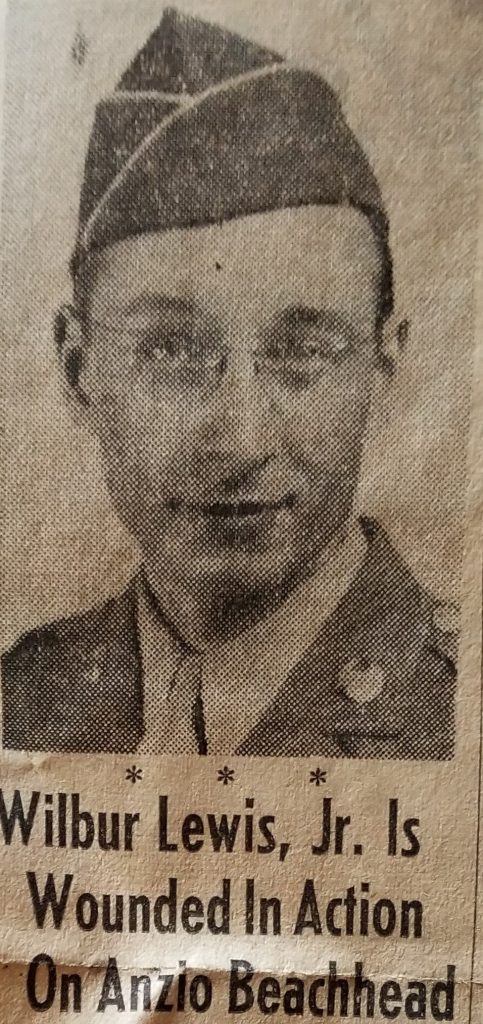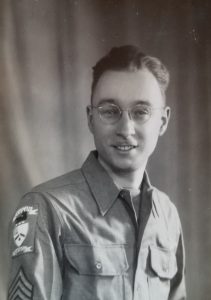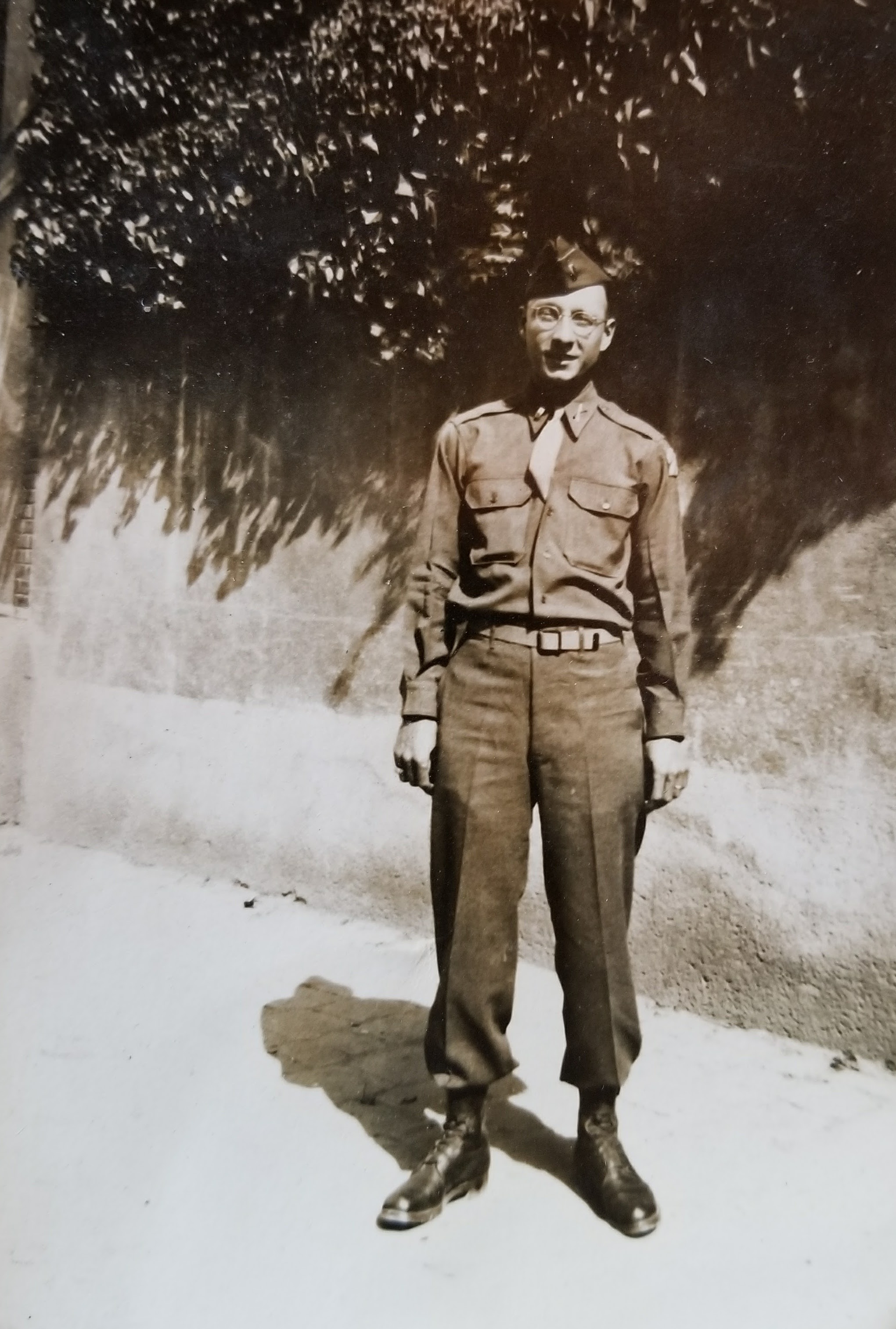Paternal:
Thomas Barclay – Was a gallant soldier in the American army during the revolutionary war. On July 12, 1776, he enlisted from St. Mary’s county, Maryland, in the “Flying Camp”, in which organization he served for some time. In 1779, he was a member of Major Anderson’s battalion of the Third Maryland Regiment, which served in General Washington’s command in New Jersey. While serving with his command in Shrewsbury, New Jersey, he met Catherine, daughter of John Williams, whose property had been confiscated by the continental congress, and who was himself a fugitive because of his loyalty to the King.
John Stickney – South Hadley. Private, Capt. James Hendrick’s co. ; pay abstract for mileage to and from headquarters, dated Charlestown, Camp No. 3, Jan. 13, 1776; mileage for 100 miles allowed said Stickney.
Maternal:
Elias Babcock – Elias Babcock (my 5th Great Grandfather), Corporal, Enlisted May 19th, 1777 to 1780 from Partridgefield and Northampton. Elias was in the Battle of Saratoga, and served through the Carolinas with Gen. Gate’s army. He was also at the surrender of Cornwallis, and was in a number of severe battles which occurred during this war.
Isaiah Babcock, Sr – Committee of Safety, 1779, of Parkersfield, Massachusetts (or Partridgeville, Mass.)
John Ives – He has been described as Major. A D.A.R request for information on December 31, 2006 indicates that he was involved in the Revolutionary War as a Patriot providing a service for the cause. (Patriot Service) is the term recognized by the D.A.R. (His is ancestor number: A060740) The D.A.R. has him as sering in Capt. Hough’s Co., 10th Regt. in the capacity of Private in the alarm at New Haven & Fairfield, Ct. on July 5,6,7, 1779 in the 5th Co. in the 10th Regiment. (Collections, CT Historical Soc. Vol VIII, pg 192) CT Mil. 1775-1783, GRC, Vol II pag 117.
Benjamin Hart
Daniel Appleton
Joshua Woodman – Joshua Woodman (1720-1800) enlisted from Buxton in Capt. John Lane’s company, 1775, and gave six short enlistments under different commands in one year. He was born in Newbury, Essex, Mass., and died in Buxton, Maine.
Nathaniel Gilbert, II – Commanded (Captain) a company in the regiment under Col. Comfort Sage when Tryon invaded the State. He was born and died in Middletown, CT.
Nathaniel Gilbert, III – Corporal in Captain Elijah Gilbert’s Eighth Company of Col. William Bradford Whiting’s 17th Albany Co. Regiment.
Willett Ranney, Sr. – His Revolutionary service there was as follows: Private in Capt. Samuel Wolcott’s Co., Col. Hopkins’ Regt., July 16, 1776-Aug. 5, 1776; marched to Highlands, N. Y.; private Capt. Elijah Deming’s Co., Col. John Ashley’s Regt., July 8, 1777-July 28, 1777, called out by order Maj. Gen. Schuyler to march to relief of Fort Edward; private, same Co., Col. John Ashley’s Regt., Sept. 19, 1777-Oct. 4, 1777, under Brig. Gen. Fellows, ordered out by Gen. Gates to reinforce the Northern Army. Rem. 1778 to New Lebanon, N. Y., and was next known with his large family at Fort Stanwix, now Rome, N. Y.
Willett5 Ranney (Willett4, Willett3, Thomas2, Thomas1), bapt. Aug. 6, 1769, with Benjamin, a twin, Upper Houses, was 7 years of age when his father rem. to Sandisfield, Mass. He m. Oct., 1799, Rome, N.Y., Betsey Robbins, dau. of John Robbins, who came from Bennington, Vt., in 1790. In June, 1790, he leased of Gov. Clinton the 100 acres in “Wright’s Settlement,” adjoining the 100 acres his brother Seth had leased the previous year, and which was long known as the “Ranney Place.” He was to pay one peppercorn each year, if lawfully demanded, for four years, and after that 18 bushels of good winter wheat, on May 1 of each year, in the city of Albany. This lease in 1878 was in the possession of his son Lester. He sublet the lease in 1795 to Cornelius Van Warner, and in 1796 leased a 50-acre tract of Moses Wright, while Butler Ranney leased the adjoining tract. In 1801 both Ranneys sold out. He then rem. to Saratoga County, as the Bible record is that Anson was born in the town of Milton in that county. About 1810 he went to Taberg, and after a year settled in Smithville, near .Adams. His aged parents went with him. When news came that the British had attacked Sackett’s Harbor the militia were ordered out and Willett Ranney, Jr., mounted a horse to go to the defense of his country. The old man, inspired by a love of country yet burning in his bosom, and recalling his own experience in the Revolutionary army, said to his son: “Get off that horse and let me go.” The son obeyed and Willett Ranney, Sr., over 80 years of age, mounted the horse and went as a volunteer. In a few years, 1818, the patriot was laid in the grave and the widow about 1821 followed. In 1826 Willett Ranney, no longer known as Jr., bought a farm in Redfield, and resided on it till 1831, when he went back to the homestead at Smithville, and on which he resided till his death in 1865 at the age of 96 years, at the home of his son Lester.
 Word has been received by Mrs. Wilbur F. Lewis jr. that her husband has been wounded in the Anzio beachhead campaign, sometime between May 19 and 29.
Word has been received by Mrs. Wilbur F. Lewis jr. that her husband has been wounded in the Anzio beachhead campaign, sometime between May 19 and 29.

